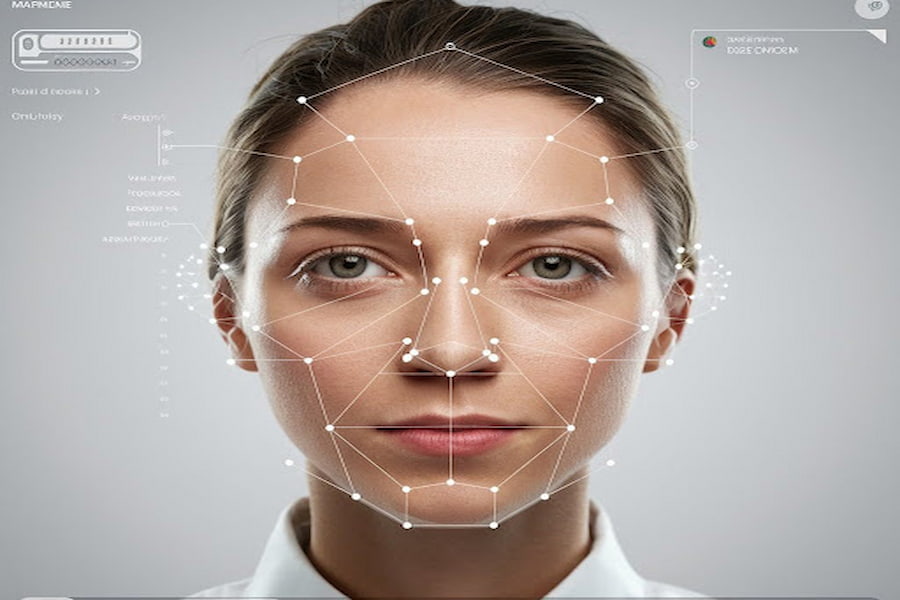Parents all around the world show concern about the accessibility of adult websites by their children aged under 18. They are aware that teenagers are always interested in experiencing new things, which causes them to interact with sites that are inappropriate for them by entering a false age. Due to these reasons, the implementation of an effective age check measure is necessary to protect minors from unauthorized and adult websites.
Over the recent few years, various automated and digital age verification measures have been established to protect minors’ integrity. According to a survey, 55% of parents reported that the major mobile networks and online websites offer age verification.
Understanding Online Age Verification Guidelines – Identify the Major Components
Online age estimation is essential for all businesses that impose an age restriction. It is the process of identifying the actual age of all the entities that try to access any specific website and content. An automated age check ensures the identification of all the entities through advanced liveness detection checks.
An effective liveness detection module functions through automated facial recognition checks that prevent individuals from manipulating the age authentication scams. Here is the breakdown of some of the most critical components of age check verification:
- One of the most effective ways to verify and check age of potential individuals is through document analysis. Document age verification requires users to hold their identity credentials alongside their faces during liveness detection. The automated liveness assessment module examines the user’s image, name, and other ID credentials to authenticate their age against government databases.
- Another lesser-known age check method revolves around the assessment of user’s social media profiles. Although it is sometimes considered unethical, many organizations still compromise these guidelines to identify whether the users pass their registration measures.
- Biometric authentication checks backed by facial recognition measures play a critical role in ensuring a credible age check authentication check. Through these measures, the examiners are able to assess the user’s facial features to identify their ages.
Critical Components of Age Verification Online Regulatory Checks
Age check laws and regulations offer several features that aim to restrict the minor’s access to inappropriate and harmful content. The ultimate objective of these regulatory guidelines is to ensure minor protection and maintain a safe online environment for users. Additionally, an effective age check regulatory guideline imposes liability provisions in the form of license cancellation and financial penalties for those businesses that do not follow these laws.
Age check and identification laws stress the protection of user’s confidential data during the onboarding process. Organizations are required to use automated authentication checks that are backed with encrypted protocols to reduce data breaches during the age verification process.
Challenges Faced By Minors in the Gaming Sectors
Under-age and minor users actively interact with various gaming applications regularly. During this phase, they face several challenges in terms of age check identification. Some of the most prominent challenges faced by minors in the gaming industry are:
- Cyberbullying is a common gaming industry scam where professional players bully new players who are underage. Due to the absence of effective age-check measures, developers are unable to restrict minors from accessing online websites.
- Oftentimes, gaming applications and websites portray criminal activities, drug usage, and gambling that affect the user’s mindsets.
- People with fake identities commonly use gaming channels for illicit operations. Therefore, users are likely to interact with these unauthorized entities, which can damage their reputation for illegal activities.
Implementation of Age Verify Checks to Regulate Gaming Compliance
The implementation of a streamlined age check authentication method that uses facial recognition and liveness detection plays a crucial role in protecting minors from gaming scams. These screening checks automatically detect all the live facial characteristics of users and effectively match them with their respective documents to ensure their authenticity. These effective and credible facial recognition and age authentication measures provide several benefits, which are briefly examined below:
- Facial recognition modules play a crucial role in protecting minors from interacting with harmful online content. These effective age checks restrict underage users from accessing online gaming and other channels. This, in turn, safeguards the users from engaging with illegal entities.
- The automated age verification systems ensure adherence to the legal regulatory guidelines. This is because all the facial recognition checks are encrypted with the relevant encrypted protocols, which ensures the protection of the user’s confidential data during the age authentication operation.
Summing It Up
An effective age check plays a crucial role in regulating organizational practices and protecting underage users from illicit activities. It protects minors from engaging with entities that are not age-appropriate and may relate to adult content exposure. Therefore, online gaming and other businesses are required to follow the regulatory age verification guidelines to ensure the protection of minors from harmful content available on online channels. These regulated identification checks are, therefore, necessary to stimulate identity protection in real-time.
Visit Playblooket for more informative blogs.

